The Michigan Cancer Foundation’s cancer registry began recording every incidence of cancer in southeastern Michigan
In 1969, the Michigan Cancer Foundation’s cancer registry began recording every incidence of cancer in southeastern Michigan. It…
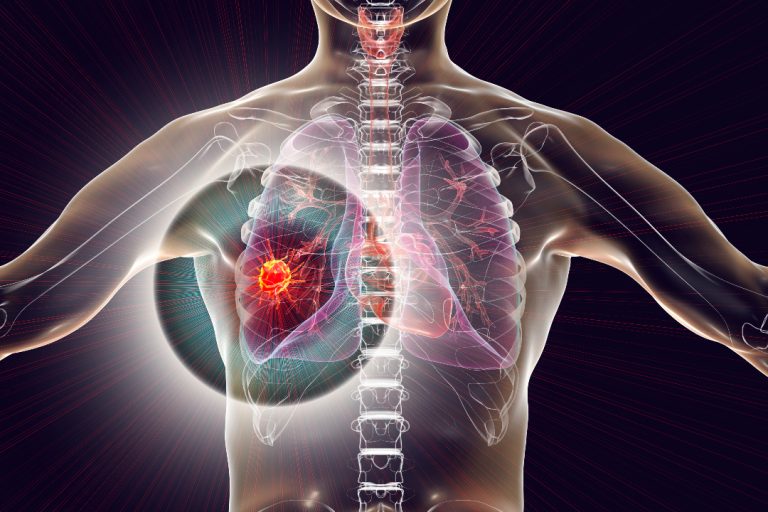
In 1969, the Michigan Cancer Foundation’s cancer registry began recording every incidence of cancer in southeastern Michigan. It…
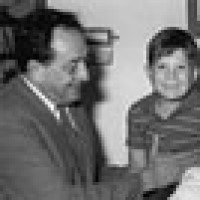
In 1968, the world’s first successful bone-marrow transplant was completed at the University of Minnesota Hospital under the…
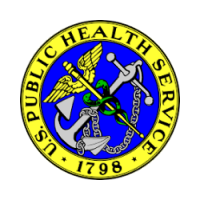
On Feb. 13, 1967, a cancer research center, USPHS Hospital, was established in Baltimore by the institute to…

In 1967, the guaiac fecal occult blood test (FOBT) was introduced as a screening test for colorectal cancer….

In 1967, the construction of the Salk Institute for Biological Studies was completed. the original Institute buildings were…

In 1967, E.R. Squibb & Sons delved into cancer research, discovering and developing hydroxyurea for leukemia and advanced…
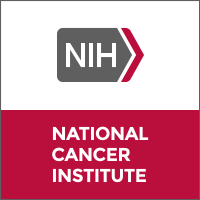
In 1966, the NCI standardized the testing of cancer-causing chemicals. The National Institute of Environmental Health Sciences (NIEHS)
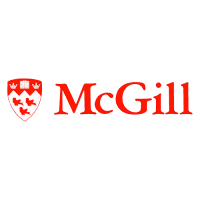
In 1965, McGill University researchers Dr. Phil Gold and Dr. Samuel O. Freedman co-discovered the first identifiable cancer…
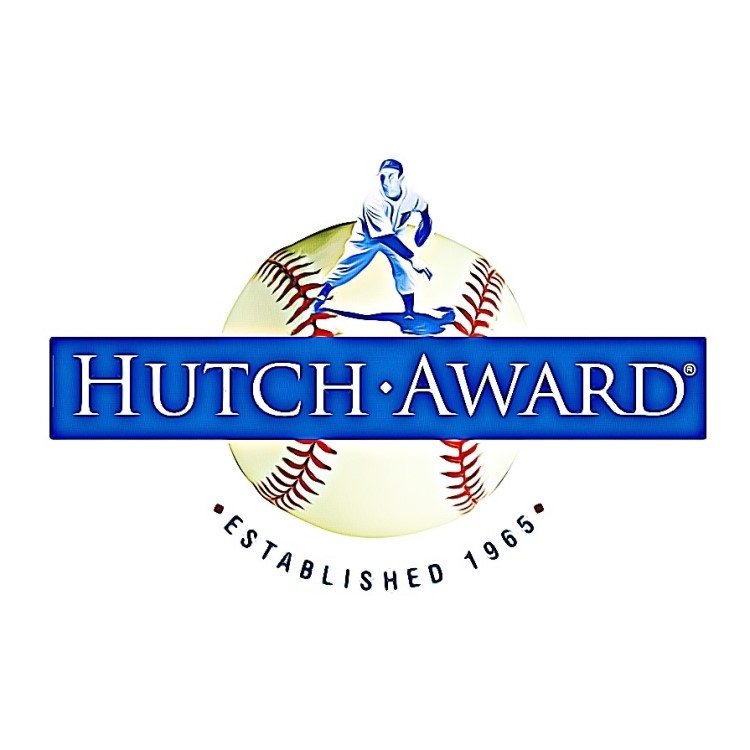
In 1965, The Hutch Award’s was created in honor of the late Fred Hutchinson, the courageous and inspirational…
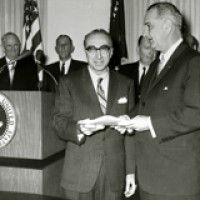
On Dec. 9. 1964, President Johnson received the report of the President’s Commission on Heart Disease, Cancer and…

On Nov. 12, 1964, Fred Hutchinson, a standout pitcher at Seattle’s Franklin High School and ten year pitching…
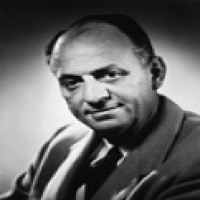
On Jan. 11, 1964 U.S. Surgeon General Luther Terry released the first government report that concluded smoking may…
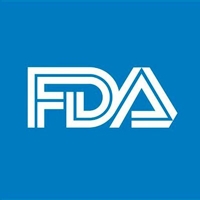
In 1964, the anticancer drug melphalan (L-PAM) was approved by the U.S. Food and Drug Administration.
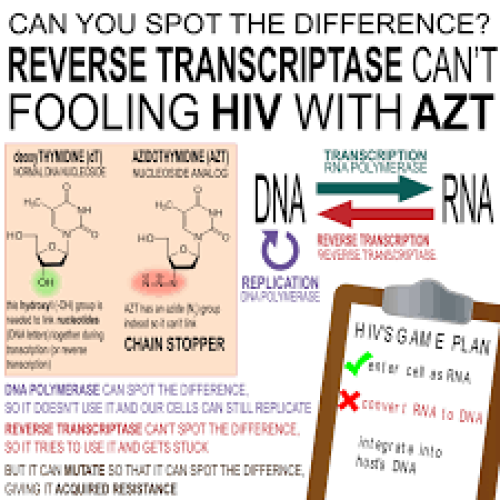
In 1964, the anticancer drug Azidothymidine (AZT) was synthesized in Michigan Cancer Foundation’s chemistry lab by Jerome Horwitz,…
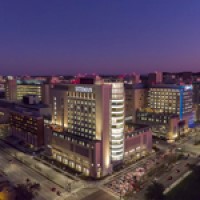
In 1963, the Mallinckrodt Institute of Radiology at Washington University – St. Louis installed the Picker Cobalt 60,…
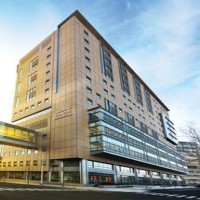
In 1963, Yale New Haven Hospital (then Grace-New Haven) installed the first linear accelerator in Connecticut for cancer…
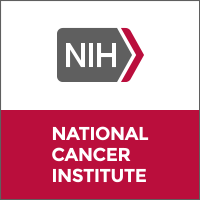
On May 7, 1962, the Acute Leukemia Task Force held its first meeting. It focused the combined efforts…
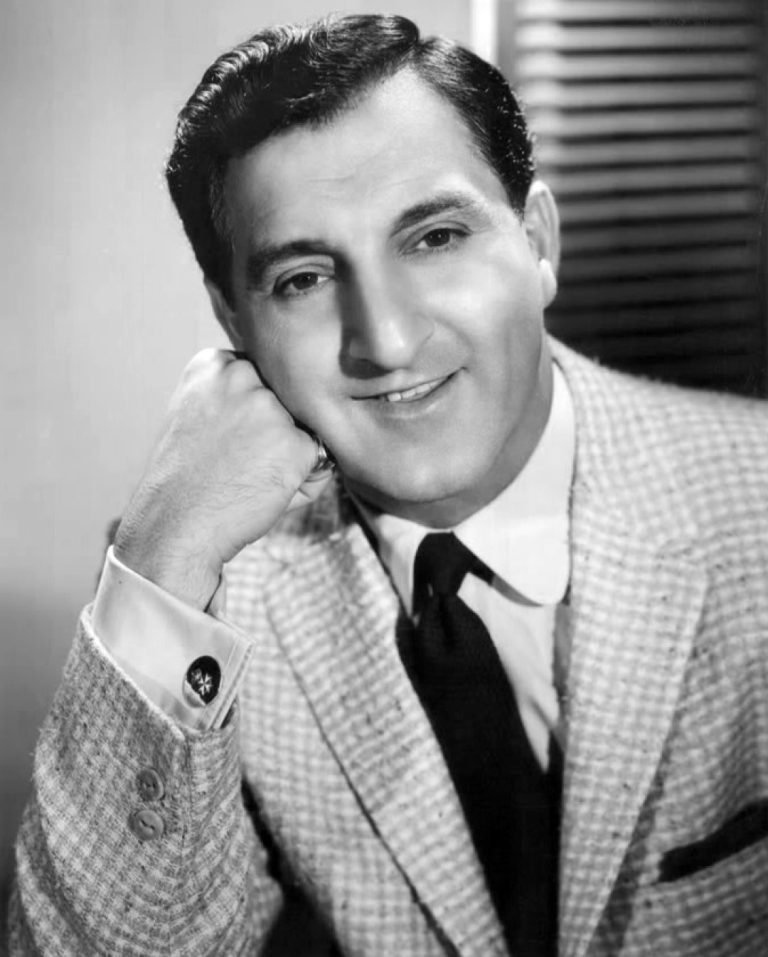
On Feb. 4, 1962, St.ᅠ Jude Children’s Research Hospital opened it’s doors.This was the day that Danny Thomas…
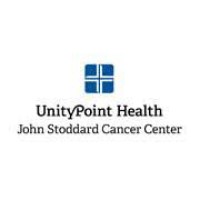
in 1962, Iowa Methodist Medical Center established Iowa’s first hospital-based radiation oncology department and remains a leader in…
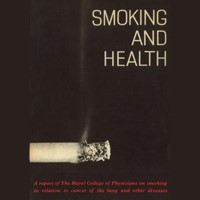
In 1962, the Royal College of Physicians issued a report on smoking and health.
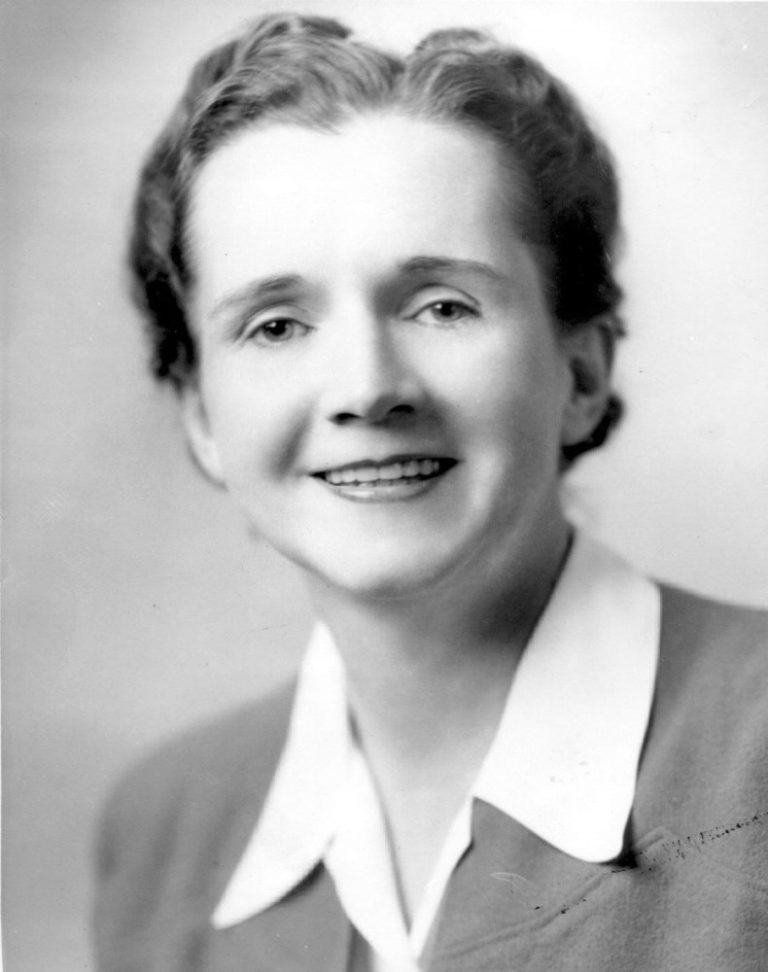
In 1962, Silent Spring, a book by marine biologist Rachel Carson, galvanized the first generation of environmentalists. Silent…
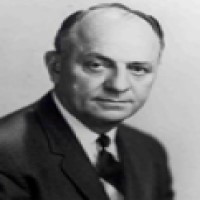
On Mar. 2, 1961, President Kennedy swore in Luther Leonidas Terry as U.S. Surgeon General. The landmark Surgeon…
In 1961, platelet concentrates were recognized for reducing the mortality from hemorrhage in cancer patients.

In 1961, the CDC expanded its reach into chronic disease by investigating a cancer cluster in Illinois.
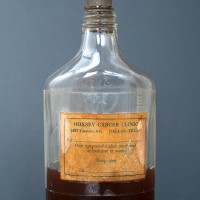
On Sept. 21, 1960, FDA officials announced the last remaining major source of the discredited Hoxsey cancer treatment…
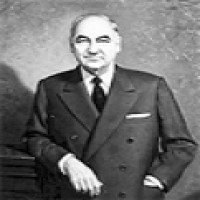
In 1960, The Eppley Cancer Center, now a National Cancer Institute Laboratory Cancer Research Center, began in the…
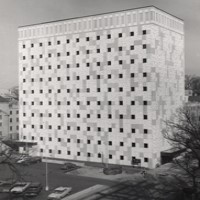
In 1960, the construction of the first McArdle building resulted from a gift by Michael W. McArdle. Dr….
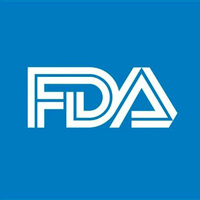
On Nov. 16, 1959, Cyclophosphamide (Cytoxan), an alkylating agent designed to improve the selectivity of cancer drugs, was…
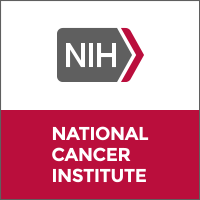
In 1959, the Journal of the National Cancer Institute inaugurated a series of occasional publications as Monographs to…
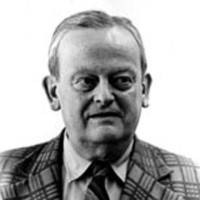
In 1959, University of Western Ontario researchers Dr. Charles Beer and Dr. Robert L. Noble developed the anti-cancer…